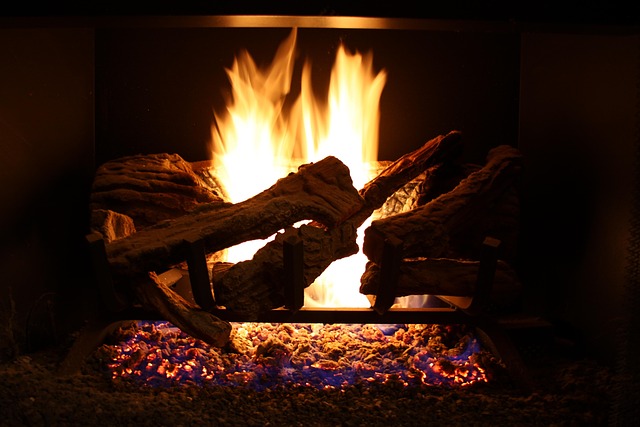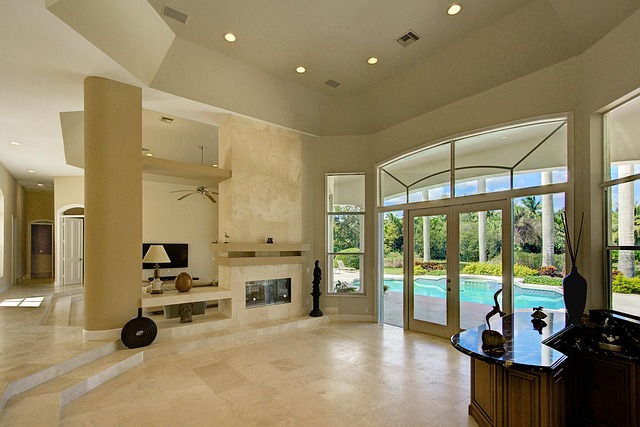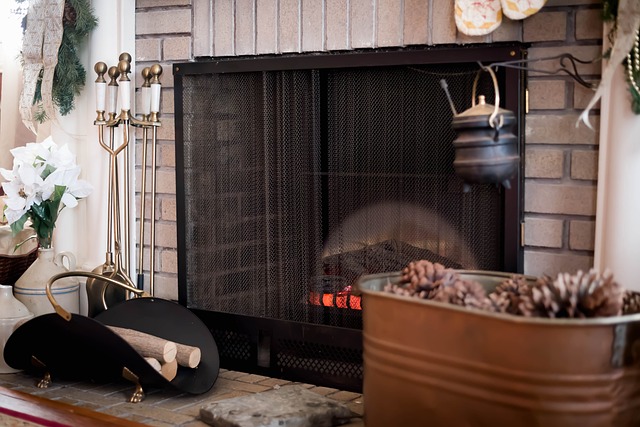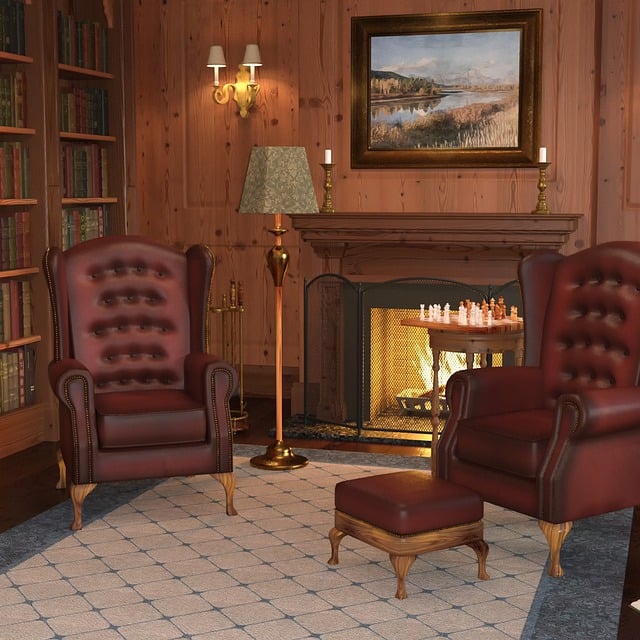In enclosed outdoor spaces with fire pits, proper ventilation is crucial for safety, comfort, and air quality. Strategically placed openings, exhaust fans, skylights, or windows facilitate cross-ventilation, dispersing smoke and heat evenly. Fire pits act as vents, enhancing natural oxygen exchange and reducing stagnant air buildup, contributing to healthier indoor environments. Effective ventilation design requires a strategic approach, integrating fire pits to draw in fresh air and expel warm, moist exhaust for thermal comfort. Safe placement, regular cleaning, and use of adjustable vents further improve ventilation, minimizing smoke accumulation and fire risks.
Enclosed areas, while offering comfort and protection, can struggle with inadequate ventilation and airflow. This is especially true when featuring fire pits, which, despite enhancing outdoor spaces, introduce unique challenges. Understanding the nuances of ventilation and airflow becomes crucial for maintaining air quality, comfort, and safety. This article explores these dynamics, providing insights into fire pit integration, effective system design strategies, and best practices for optimal airflow in enclosed environments.
- Understanding Ventilation and Airflow Needs in Enclosed Spaces
- The Role of Fire Pits in Enhancing Outdoor Air Quality
- Strategies for Effective Ventilation Systems Design
- Best Practices for Maintaining Optimal Airflow in Enclosed Areas with Fire Pits
Understanding Ventilation and Airflow Needs in Enclosed Spaces

In enclosed areas, proper ventilation and airflow are essential for maintaining a healthy and comfortable environment. Understanding the specific needs of these spaces is crucial to ensure optimal air quality and safety, especially in scenarios where fire pits are incorporated into outdoor spaces. Fire pits, while enhancing the ambiance, can introduce unique challenges in terms of smoke and heat accumulation, requiring strategic ventilation solutions.
Effective airflow management involves considering factors such as space configuration, materials used, and the presence of other sources of air circulation or blockages. For instance, in enclosed patios featuring fire pits, allowing for sufficient cross-ventilation through strategically placed openings or vents can help disperse smoke and heat evenly, preventing stagnant zones. Additionally, integrating exhaust fans or natural ventilation methods like skylights or openable windows further enhances airflow dynamics, creating a well-ventilated and pleasant atmosphere, even during gatherings around the fire pit for outdoor spaces.
The Role of Fire Pits in Enhancing Outdoor Air Quality

Fire pits, often considered a central element in outdoor living spaces, serve a surprising yet significant purpose—enhancing air quality. In enclosed areas where proper ventilation might be limited, fire pits introduce a natural source of fresh air and improve overall airflow. The burning wood or charcoal releases oxygen and helps disperse pollutants, creating a healthier environment. This is especially beneficial during gatherings or when using heating devices indoors, as it reduces the buildup of stagnant air and associated odors.
These outdoor spaces, equipped with well-placed fire pits, can act as vents, allowing for a more balanced exchange of indoor and outdoor air. This natural ventilation not only improves air quality but also contributes to a comfortable atmosphere, making enclosed areas more enjoyable and livable, especially in the colder months.
Strategies for Effective Ventilation Systems Design

Effective ventilation systems design involves a strategic approach tailored to the specific needs of enclosed areas, ensuring optimal airflow and comfort. One innovative element that can enhance overall air quality is the integration of fire pits for outdoor spaces. Strategically placed, these features not only add ambiance but also contribute to natural ventilation by drawing in fresh air and expelling warm, moist exhaust. This dual benefit creates a more pleasant indoor environment while improving air circulation.
Designers should prioritize cross-ventilation strategies, leveraging windows or vents positioned on opposite sides of the space to facilitate the flow of air. Additionally, incorporating efficient exhaust systems is paramount, especially in areas with high activity levels or temperature fluctuations. Well-designed ventilation systems consider not just thermal comfort but also the quality of air, filtering out pollutants and ensuring a healthy indoor environment, particularly important in today’s digital era where folks spend significant time in enclosed spaces.
Best Practices for Maintaining Optimal Airflow in Enclosed Areas with Fire Pits

Maintaining optimal airflow in enclosed areas with fire pits is essential for both safety and comfort. To ensure proper ventilation, consider positioning fire pits away from walls and other structures to allow for unobstructed air circulation. Regularly cleaning the fire pit area of debris and ash can significantly reduce smoke buildup and improve airflow. Using adjustable vents or fans can also help direct fresh air into the space and expel harmful exhaust gases.
When incorporating fire pits into outdoor spaces, it’s crucial to select suitable locations with adequate clearance from flammable materials. Creating a safe zone around the fire pit, free from overhanging branches or dry vegetation, is a best practice for preventing accidental fires. Additionally, maintaining proper spacing between multiple fire pits in an enclosed area ensures better overall airflow and reduces the risk of smoke accumulation.
Proper ventilation and airflow are essential components of creating comfortable and healthy enclosed areas, especially when incorporating features like fire pits for outdoor spaces. By understanding the unique needs of these environments and implementing effective strategies, such as well-designed ventilation systems and maintenance practices, we can ensure optimal air quality and enhance the overall experience for occupants. These measures not only improve comfort but also play a vital role in mitigating potential risks associated with poor airflow, making our enclosed spaces safer and more enjoyable.
